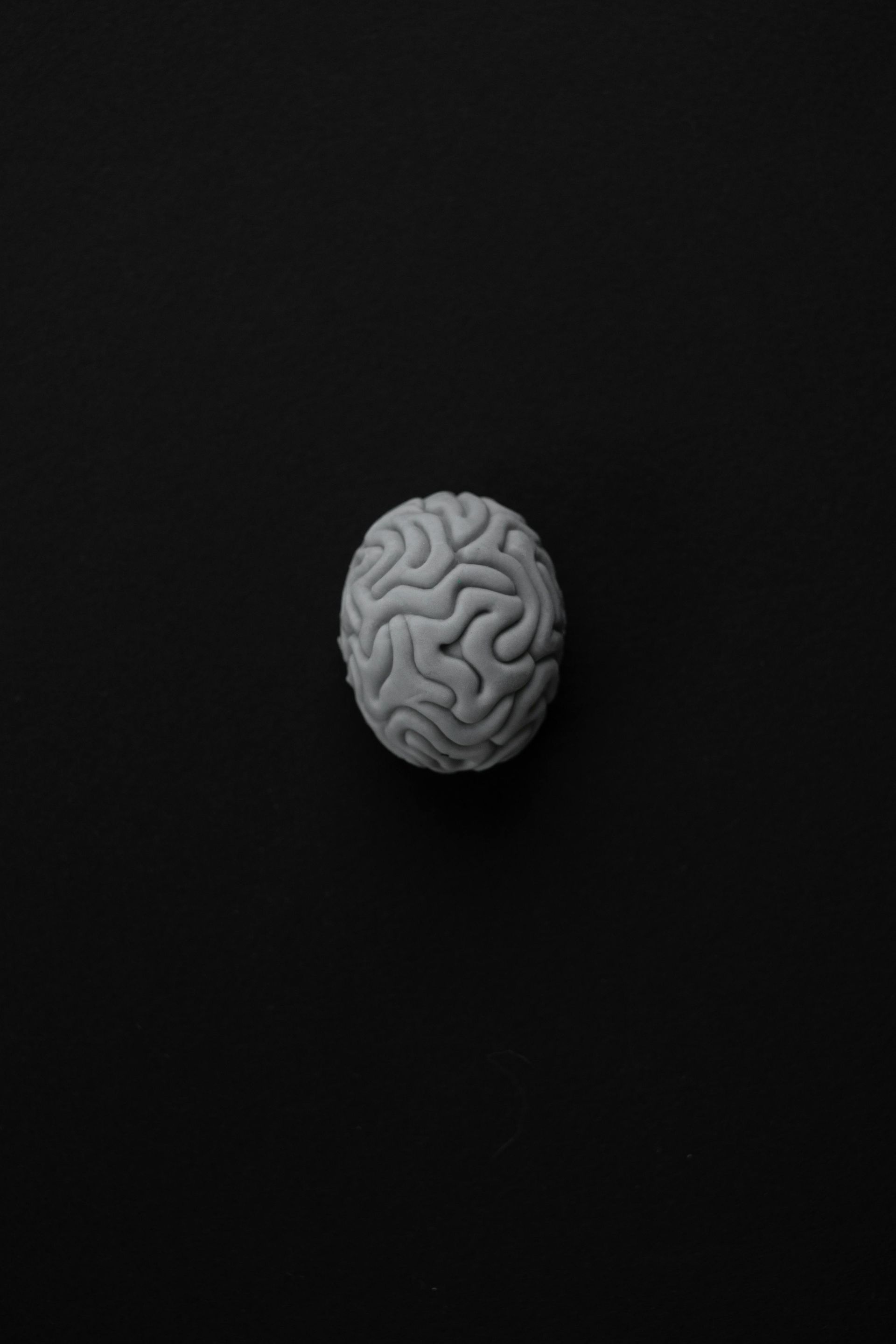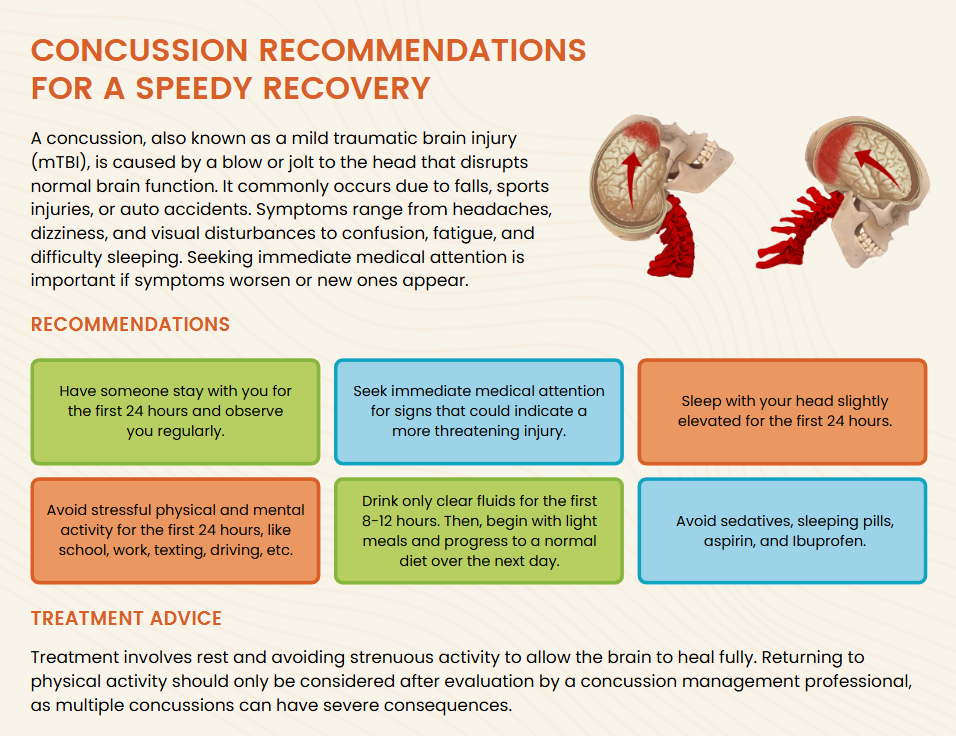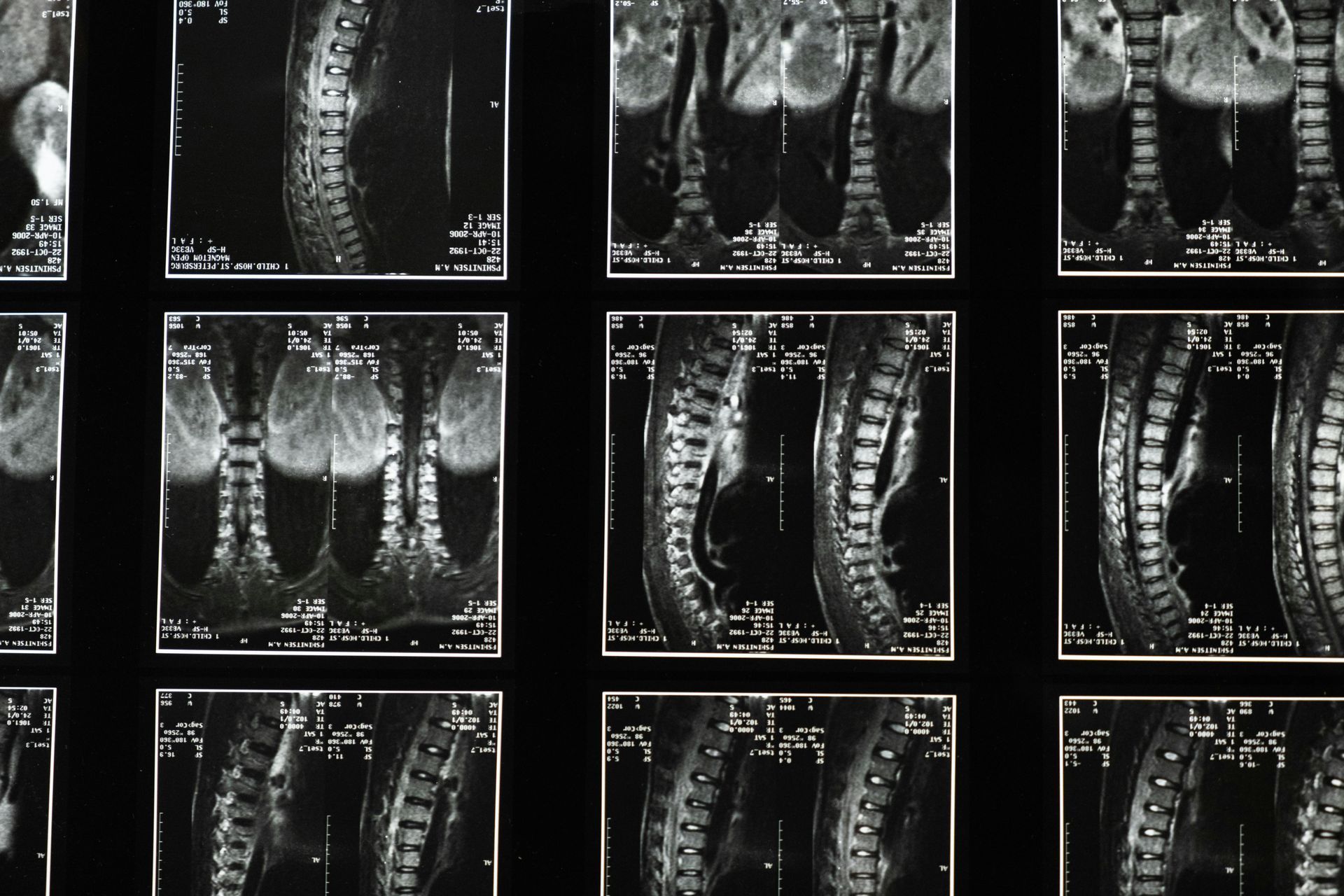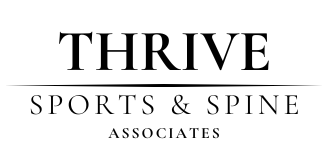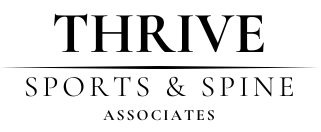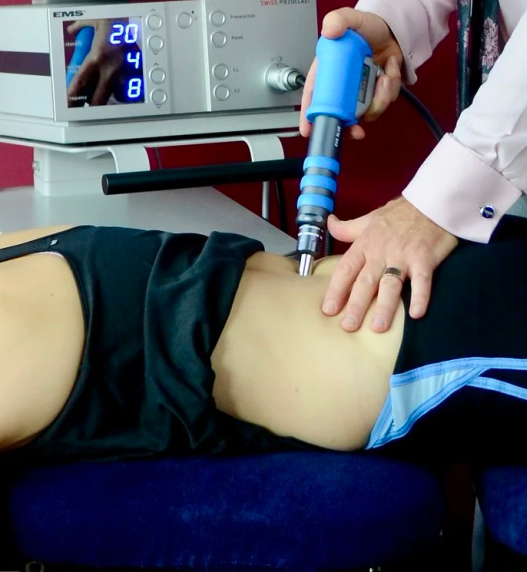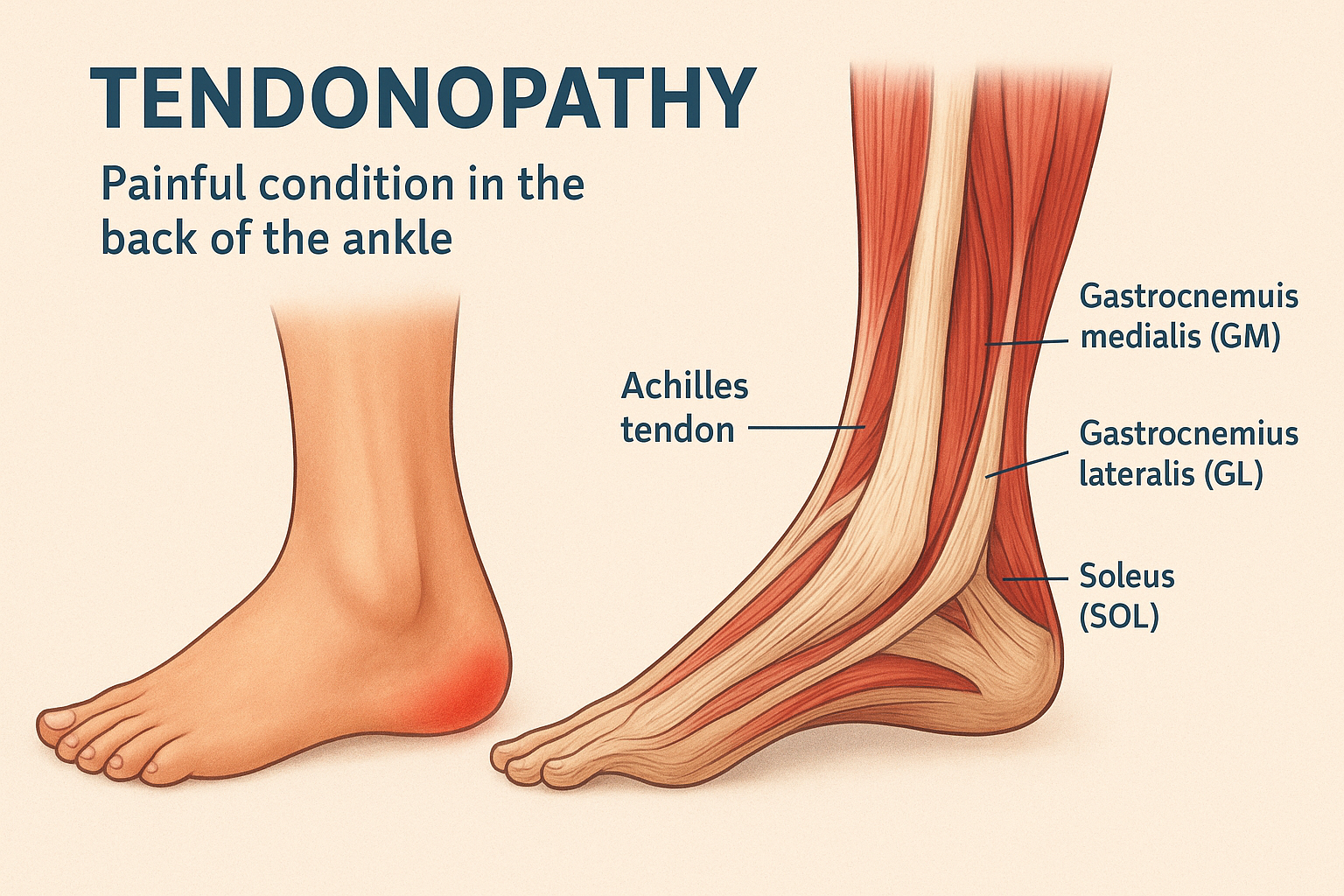Shoulder Pain Caused By Rotator Cuff Pain
This study looked at people with rotator cuff-related shoulder pain (RCRSP) and compared them to people without shoulder pain, showing why those with RCRSP often feel weaker and have less movement in their shoulder[1]. People with RCRSP had more trouble with shoulder strength, especially with moving their shoulder up or rotating it, and couldn't lift their arm as high as the others[1].
Key Findings
- Shoulder Pain Location: Those with RCRSP usually felt their pain on the front and side of their shoulder, where the deltoid muscle is located[1].
- Strength and Movement Deficits: The painful group had much less shoulder strength and range of motion (ROM), especially when trying to raise their arm or rotate it internally and externally at shoulder height[1].
- Trigger Points: People with RCRSP often have more “trigger points” in their shoulder muscles, which are sore spots that hurt when pressed and can cause pain in other areas of the shoulder[1].
- Pain Mapping: Pain from these muscle points often spreads out, copying the type of pain people feel in daily life, especially in the front and side of the shoulder[1].
- Assessment Recommendations: Doctors should check for loss of strength, movement, and muscle trigger points when diagnosing shoulder pain, as these things were closely linked[1].
Clinical Importance
RCRSP is very common and can make lifting, moving, or even sleeping on the sore shoulder difficult for many people[1]. Instead of using old tests and relying too much on scans, this study suggests doctors use tests that measure strength, range of motion, and check for muscle trigger points to get a better idea of what’s happening[1].
Who Should Care?
Anyone with shoulder pain that won’t go away or keeps getting worse may want to get these areas checked—especially athletes or anyone who does a lot of physical activity[1]. Early treatment, including physical therapy or chiropractic care, can help restore strength and prevent permanent limits in shoulder function[1].
Sources
[1] Chiropractic - an overview | ScienceDirect Topics https://www.sciencedirect.com/topics/medicine-and-dentistry/chiropractic
